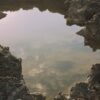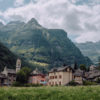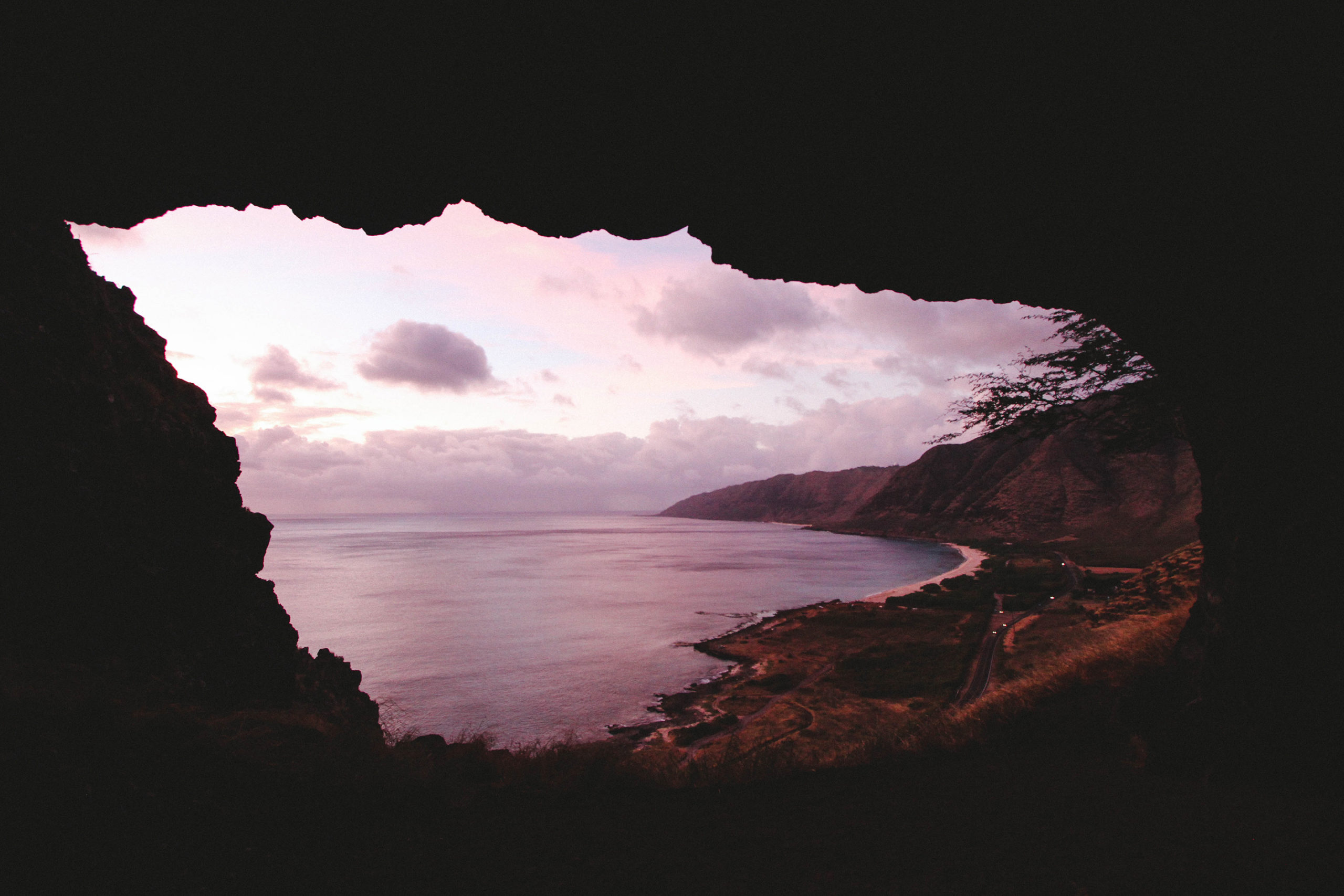Text by N. Ha‘alilio Solomon
“Alahula Pu‘uloa, he alahele na Ka‘ahupāhau.”
Everywhere in Pu‘uloa is the trail of Ka‘ahupāhau.
The saying above is an ‘ōlelo no‘eau, a well-known Hawaiian adage. ‘Ōlelo no‘eau are usually proverbial and didactic, often uttered as metaphor or allegory. They speak of deities, people, places, events, and stories as references to Hawaiian lore, society, origin, and history. This one, about the trail in Pu‘uloa, reveals the extent to which shark deity Ka‘ahupāhau is familiar with her home, such that it is, or was, her alahula (well-known path).
Even though this saying about Ka‘ahupāhau endures, the place to which it refers has largely been modified and repurposed. Pu‘uloa, now often called Pearl Harbor, is a wahi pana (historical place) that survives under mounting layers of development, militarization, and industrial use. In light of so much transformation, does Ka‘ahupāhau still have her alahula, and if so, where is it?
The answer lies, at least to some degree, in the place name. Pu‘uloa literally means “long hill” and delineates the geography and scope of Ka‘ahupāhau’s abode. Like many other inoa ‘āina (traditional place names) in the Hawaiian universe, Pu‘uloa is topographical and encodes information about the physical features of the area from a feet-on-the-ground perspective.
In different ways, Hawaiian place names capture localized knowledge, mapping the lived experiences of people upon the ‘āina and the intimate relationships that tie us to it. The names are constructive intersections between the cognitive, imaginative, and spatial dimensions by which kama‘āina make sense of our world, arrange the events of our existence, and embed value and meaning in these islands.
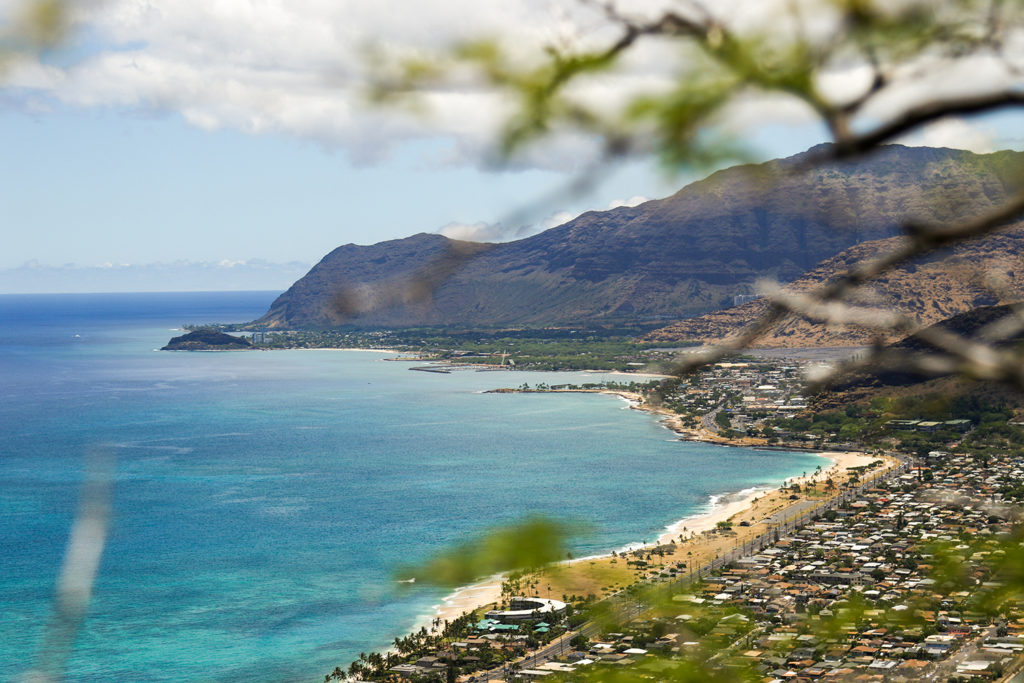
Hawaiian place names can also contain information about natural resources. For example, ones that include “wai” indicate fresh water in the region. This resource is identified in the name of the O‘ahu district Wai‘anae, as are the ‘anae (mullet) that swim in the waters offshore so frequently they also earned a mention.
Some inoa ‘āina are spiritually or religiously significant. Mōkapu, a peninsula on the windward side of O‘ahu, is a shortening of “moku kapu,” which literally translates to “taboo district.” The name demarcates the sacred lands that belonged to Kamehameha I. There are also older accounts in primary sources that tell of Mōkapu as the location where the first humans were created to populate Hawai‘i.
Other inoa ‘āina commemorate significant events, such as Kohelepelepe, meaning “vaginal fringe,” which calls to mind when shapeshifter Kamapua‘a, true to his kolohe (mischievous) nature, chased Pele across the archipelago, and her sister Kapo sent her own genitalia to the top of Koko Crater to distract Kamapua‘a and give Pele a moment to rest and escape. According to lore, Kapo’s ma‘i (genitals) left an indentation on the lip of Koko Crater that is still visible from Awāwamalu, also known as Sandy Beach.
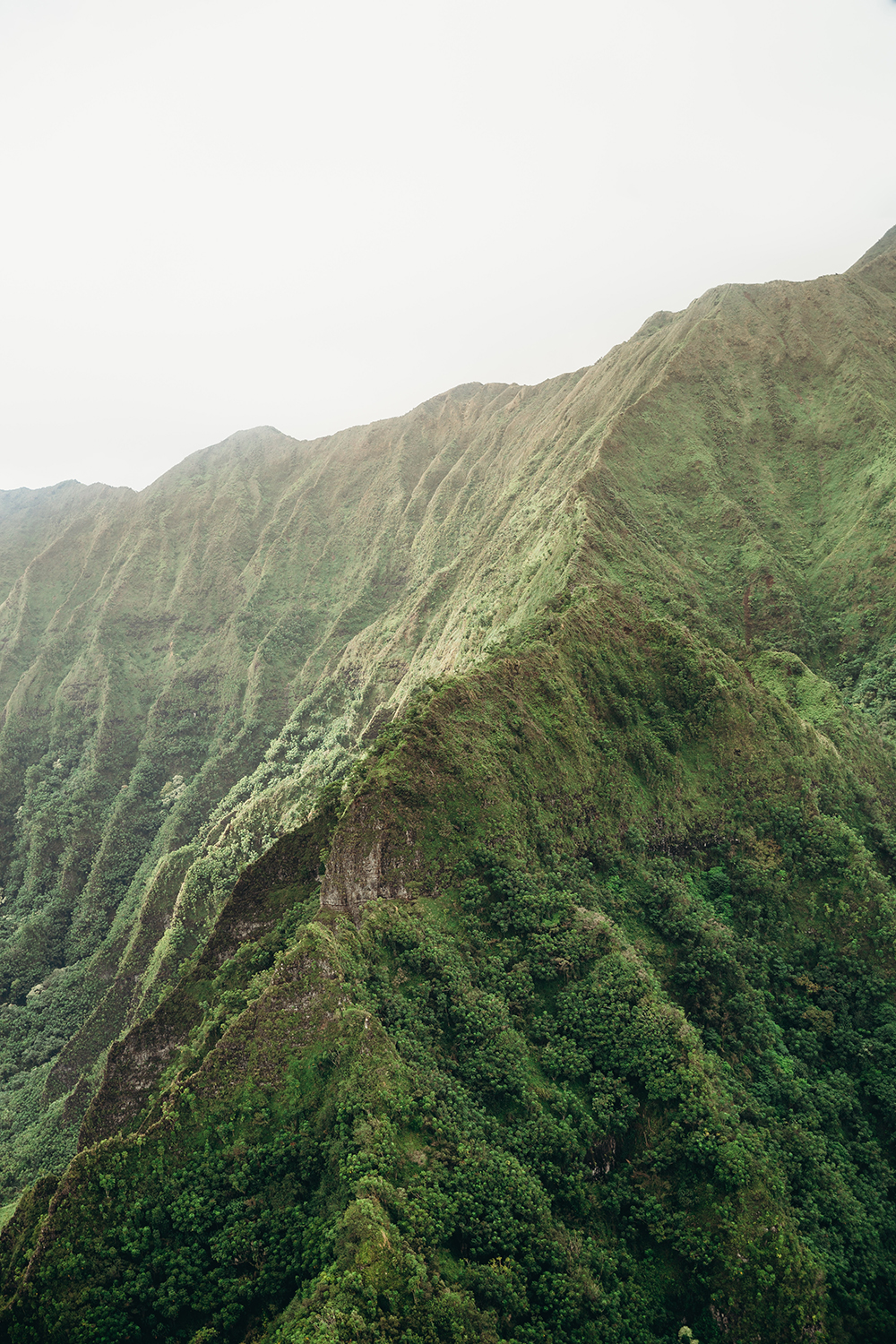
In recounting these examples, we might recognize a problem: All the inoa ‘āina mentioned so far have English substitutes that usually supplant the original names or alternate pronunciations of the Hawaiian names that have become so widely used the original names they cover up sound foreign, unrecognizable, and obscure. Today, Pu‘uloa is called Pearl Harbor.
The local pronunciation of Wai‘anae usually deletes the ‘okina and changes its meaning, even if inadvertently. After World War II, Mōkapu changed to “North Beach,” and it has since devolved into the “Marine Corps Base,” or its more convenient acronym, MCBH. Kohelepelepe and the crater atop which it lies have been lumped together and subsumed by today’s common misnomer, “Koko Head.” These examples are a handful among hundreds of shifts that have already occurred, and at this rate, they foreshadow many more to come.
The erasure of Hawaiian names and the imposition of new and foreign ones is dangerous, even if the traditions by which the new names are created are similar to Hawaiian ones. The name Pearl Harbor is commemorative, but it celebrates American conquest, occupation, and militarization the same way MCBH does.
The epithet “Sandy Beach” is topographical but hardly hearkens to a Hawaiian environment the way Awāwamalu does, referring to the shaded valley inland of the shoreline where ‘uala (sweet potato) was farmed. The name Kohelepelepe faded after Maunalua was massively developed into modern-day Hawaii Kai on the heels of Statehood in 1959, and the Koko Head “Stairs of Doom” further overwhelmed the name as the summit hike became a popular recreational activity and tourist destination.
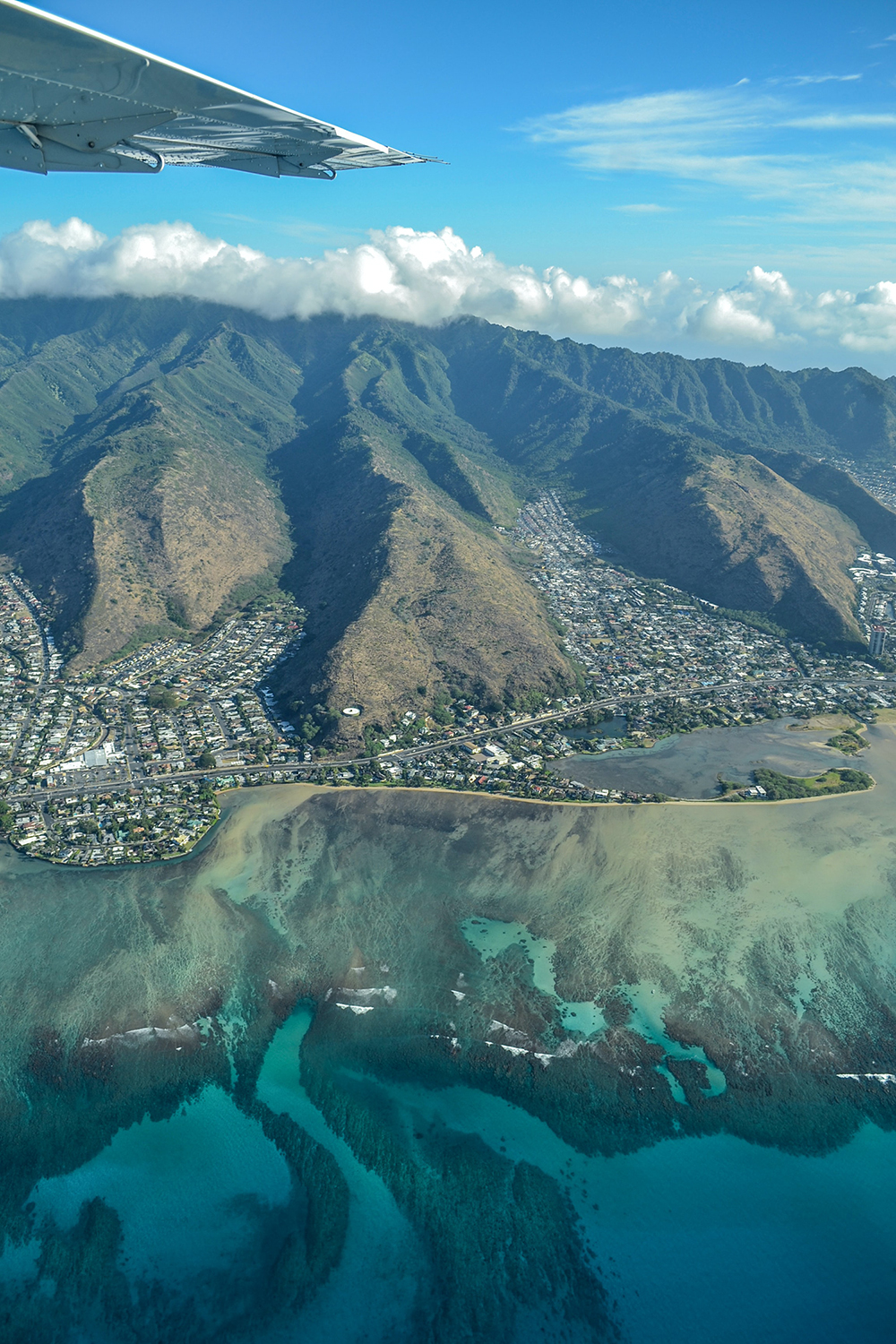
We are witnessing the literal reinscription of Hawaiian space, with new and foreign names receiving privilege. When names are replaced, so are their senses of place, their networks of meaning, their value systems.
The underlying reasons for such shifts are manifold but not always free of ulterior motives such as the claiming of territory. For some, the English name is easier to pronounce than the Hawaiian. In other instances, a new name could actually be more appropriate to fit the way the place has since been manipulated. But mostly, we should consider this reinscription as a distancing of our Hawaiian place names from us, and by extension, an imposition of new cultural norms, values, and meaning.
But there is hope in the small victories where traditional place names are being reclaimed by local communities. There seems to be a push in the media to standardize the spelling of place names while including proper diacritic markings.
Signage identifying the ahupua‘a land divisions of larger moku districts is now visible around all of O‘ahu, and the project was so successful that it has begun on neighbor islands. A few years ago, the local Kailua school changed its name from Lanikai Elementary to Ka‘ōhao Elementary to identify the area’s original name that existed before development began there in 1924.
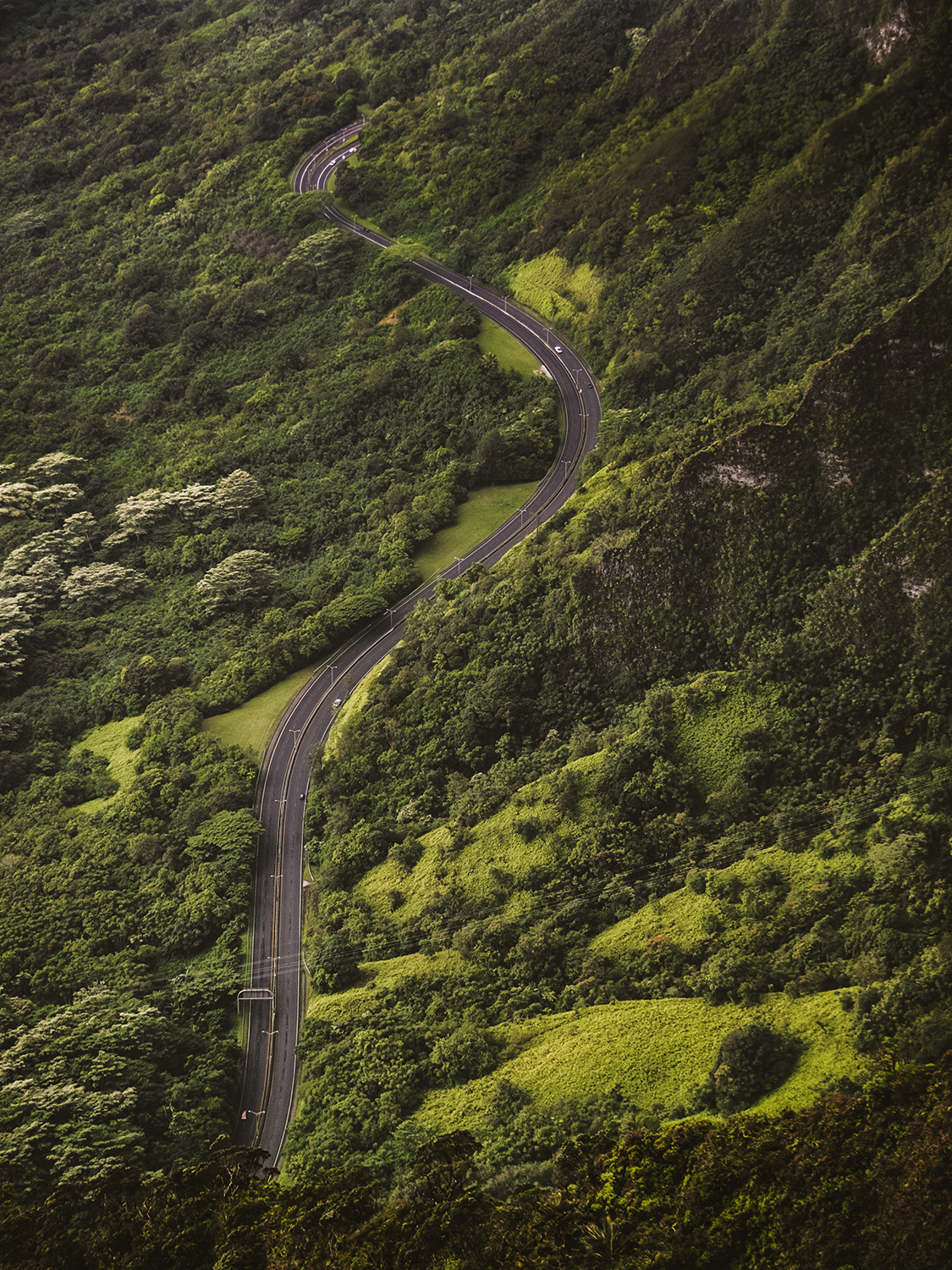
We know what makes Hawai‘i beautiful and unique. We know the reasons behind the popular “lucky we live Hawai‘i” notion.
We know the values that make Hawai‘i meaningful to us—our connection to our home and its history, to our shared heritage, and to our sense of place.
Deeply embedded in all those things are our place names. It is up to us to know them, speak them, and pass them on.

